
Discovery
Text: Jun Asami
2025.10.10
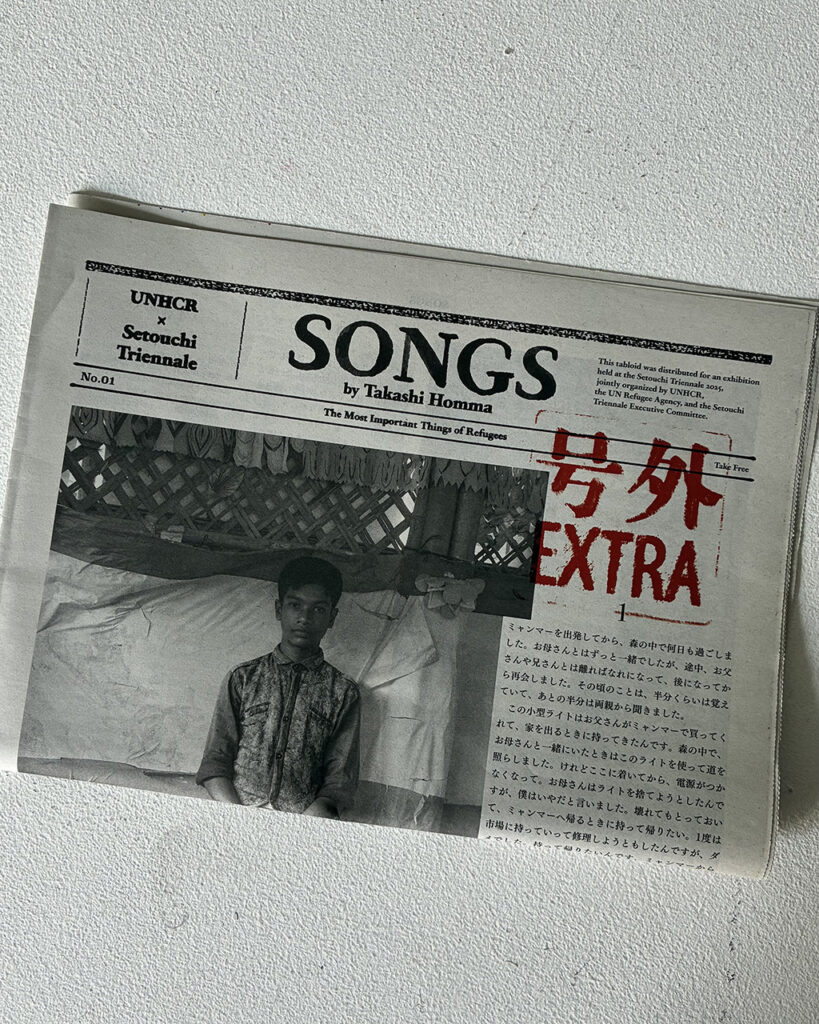
This tabloid labelled as an extra has SONGS written right at the top with “The Most Important Things of Refugees” just underneath. The article explores those precious things that people cannot let go of when forced to flee for dear life from their homes. Photographer Takashi Homma has collected portraits of these refugees and their belongings in this two-issue tabloid. Title lettering, font design, and layout was done by designer Daijiro Ohara.
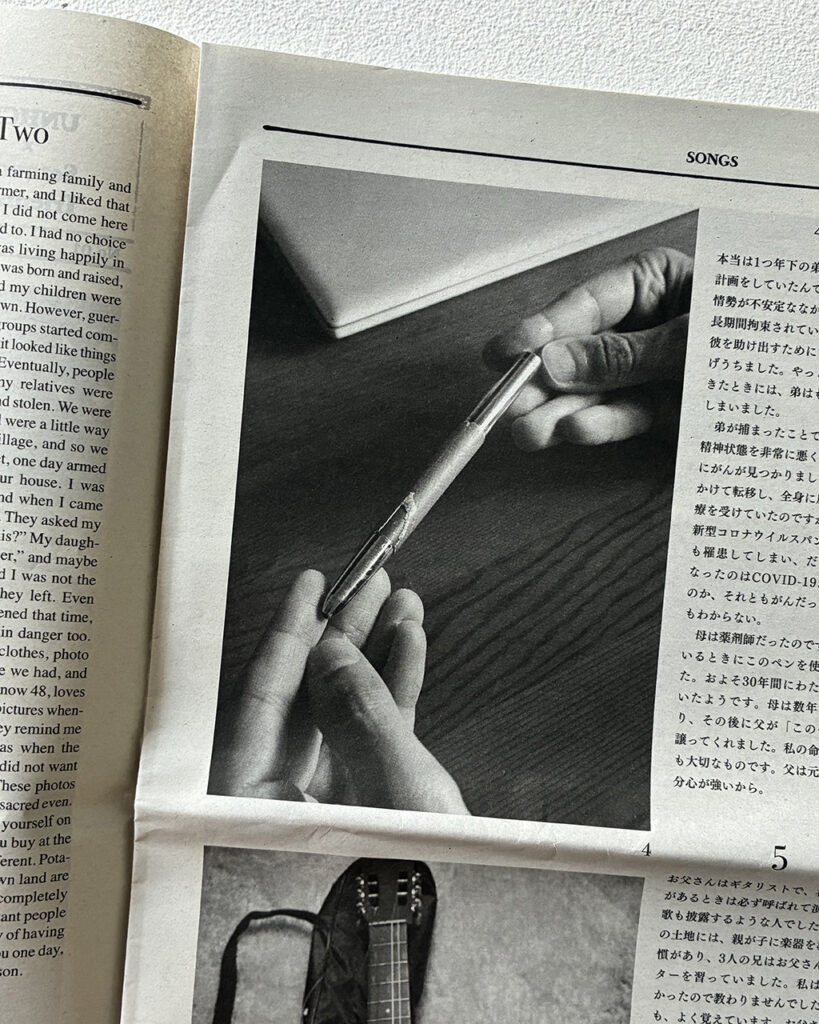
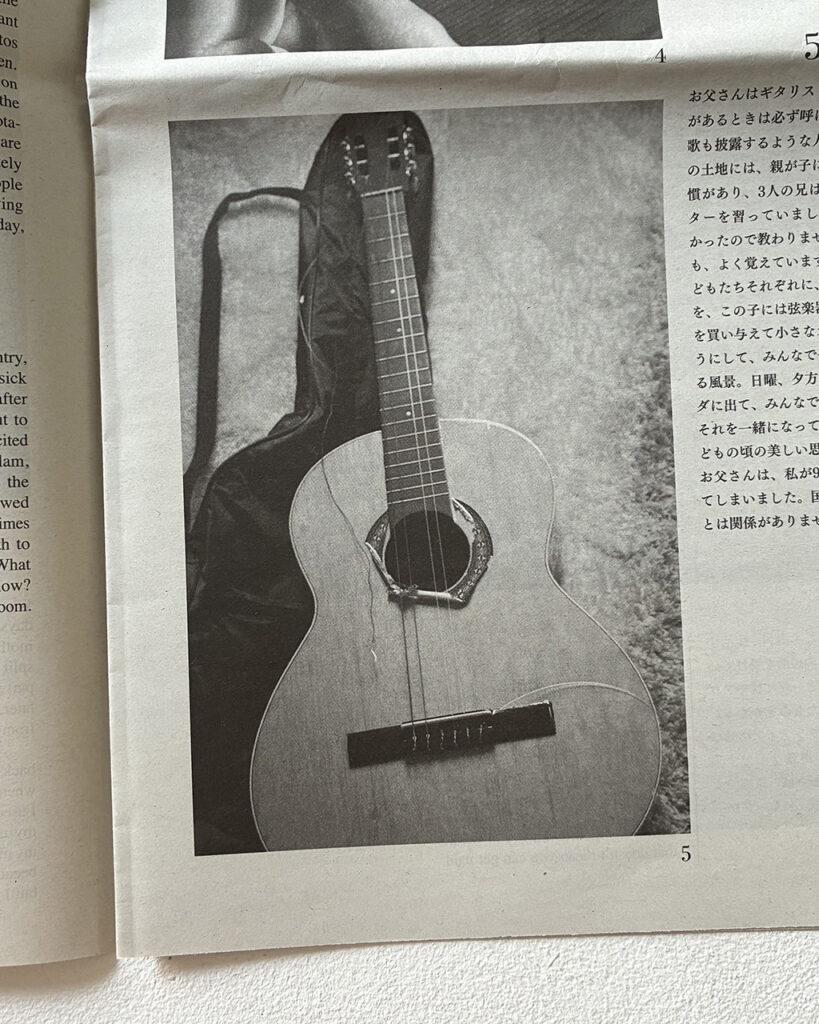
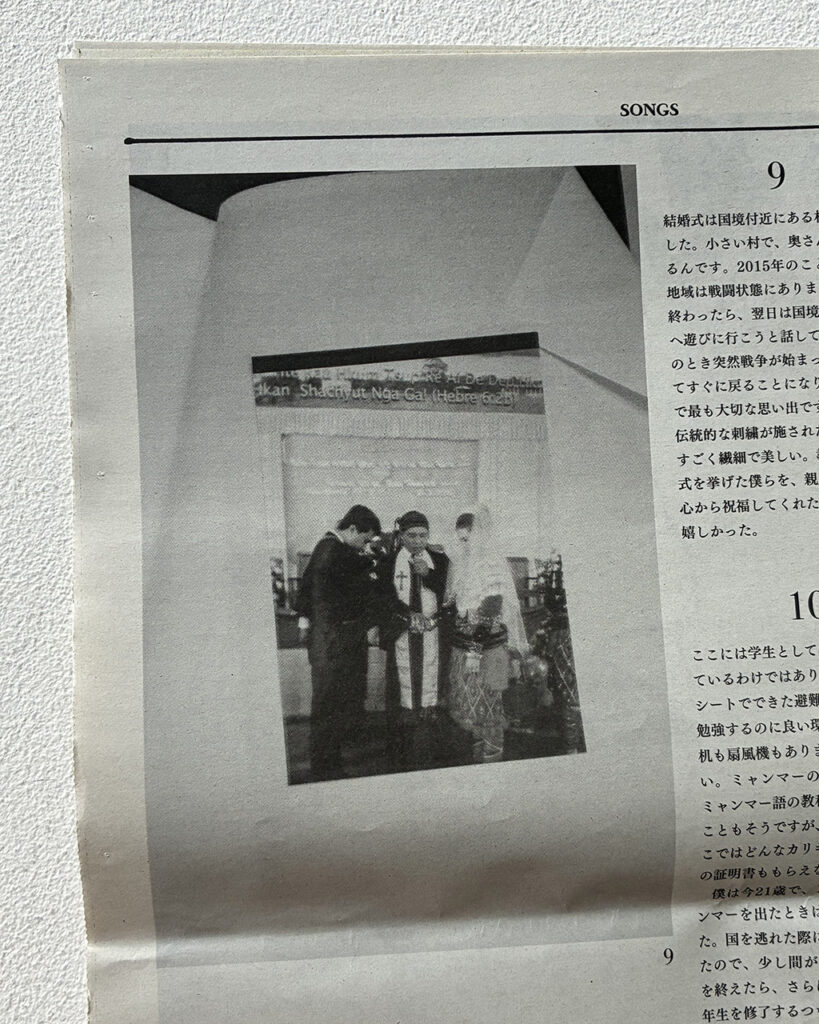
Commissioned by the United Nations High Commissioner for Refugees (UNHCR), Homma went to the world’s largest refugee camp in Cox’s Bazar, Bangladesh, refugee residences in the suburbs of Colombia, and to visit Syrian, Ukrainian, and Myanmar people who live in Japan, where he listened to their stories and took photographs. These people had various possessions that were their most important thing: a pen to remember someone by, a guitar, a family photo, a license, a wallet. At the same time, there were many people who fled with only the clothes on their back and didn’t have any possessions at all anymore. The monologues at the beginning of the tabloid that detail these people’s thoughts toward these items are only a small part of their refugee journeys—painful experiences that are difficult for those who were born and raised in Japan to imagine. The figure at the end of the tabloid which explains that the number of forcibly displaced people (based on the Convention Relating to the Status of Refugees) is 122.6 million people is extraordinary enough, but it is made ever more striking when you consider that this figure reported by the UNHCR represents people’s actual lives. The newspapers in Japan do not dedicate any space like this to refugees. Refugees are only spoken of in brief in the limited space of the media and may appear as nothing more than a complex issue, but it goes without saying that they all have their own individual lives. Art is good at focusing in on that and lending an ear to it.
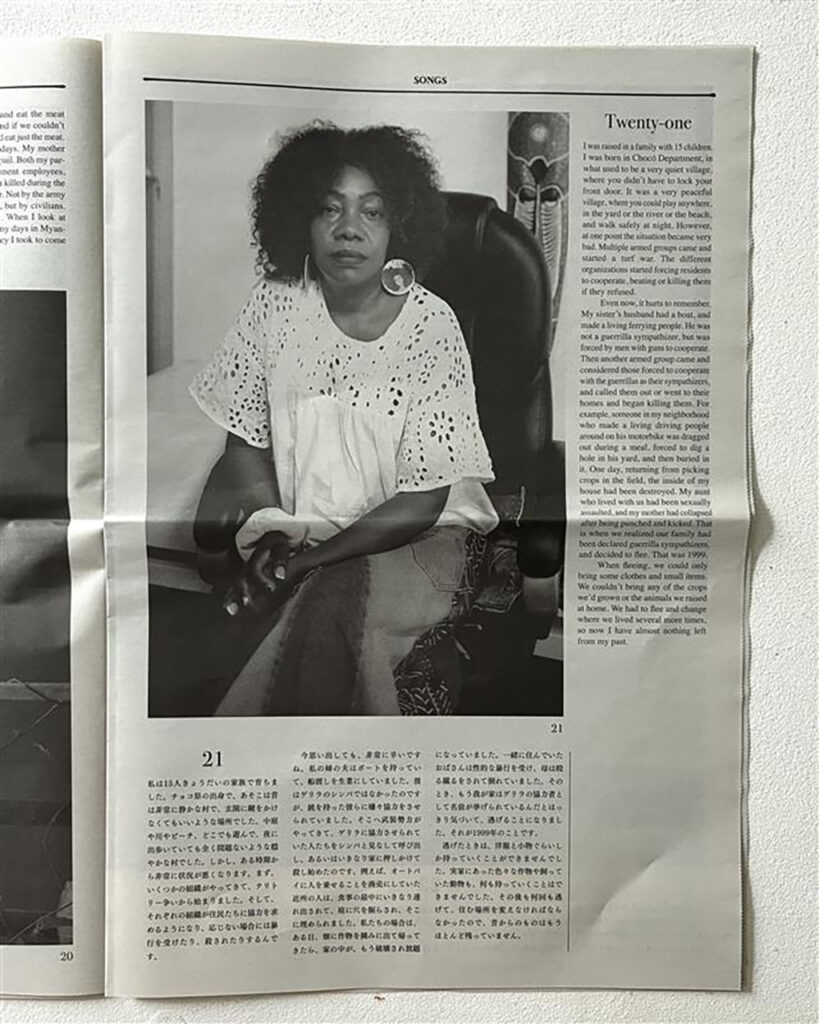
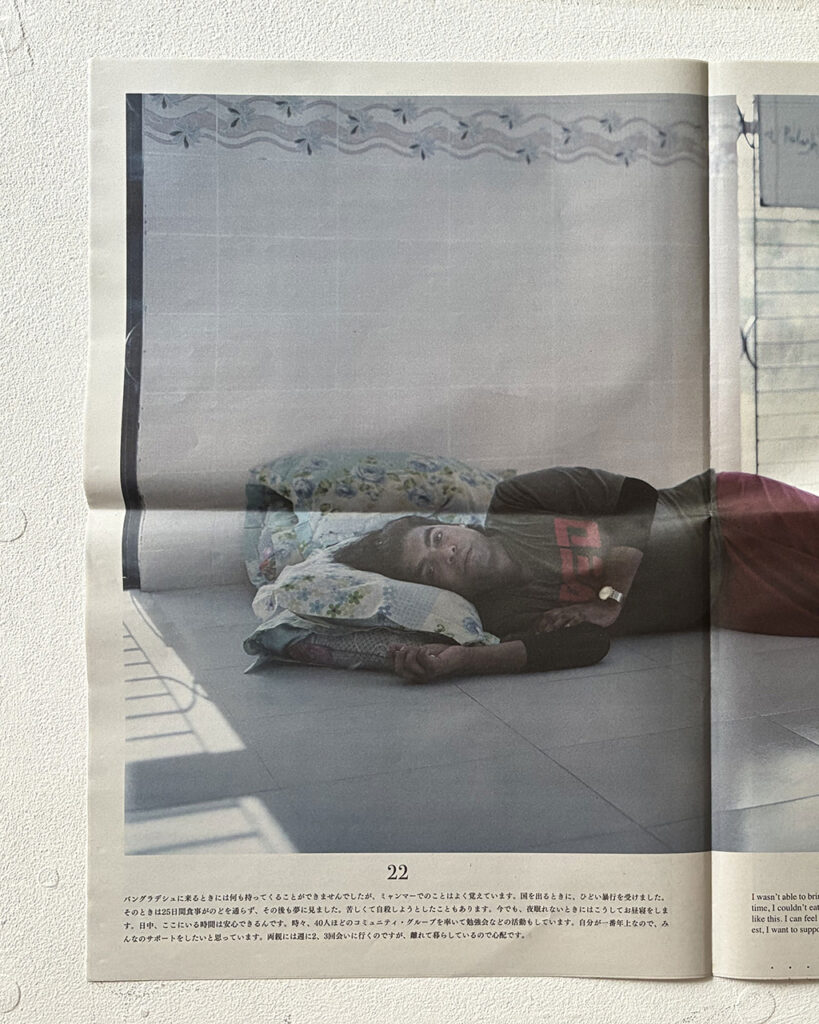
The tabloid itself is featured in the Setouchi Triennale 2025 and is distributed at Takamatsu Port. The fall session for this art event runs from October 3 to November 9. The songs that refugees sing will be playing in the special trailer house where the exhibition will be held.
UNHCR x Setouchi Triennale
Takashi Homma “SONGS: Refugee Voices and Their Stories”
Setouchi Triennale 2025
Fall Session: October 3 – November 9 *Available every day
Venue: Takamatsu Port Gallery
https://www.unhcr.org/jp/setouchi-triennale
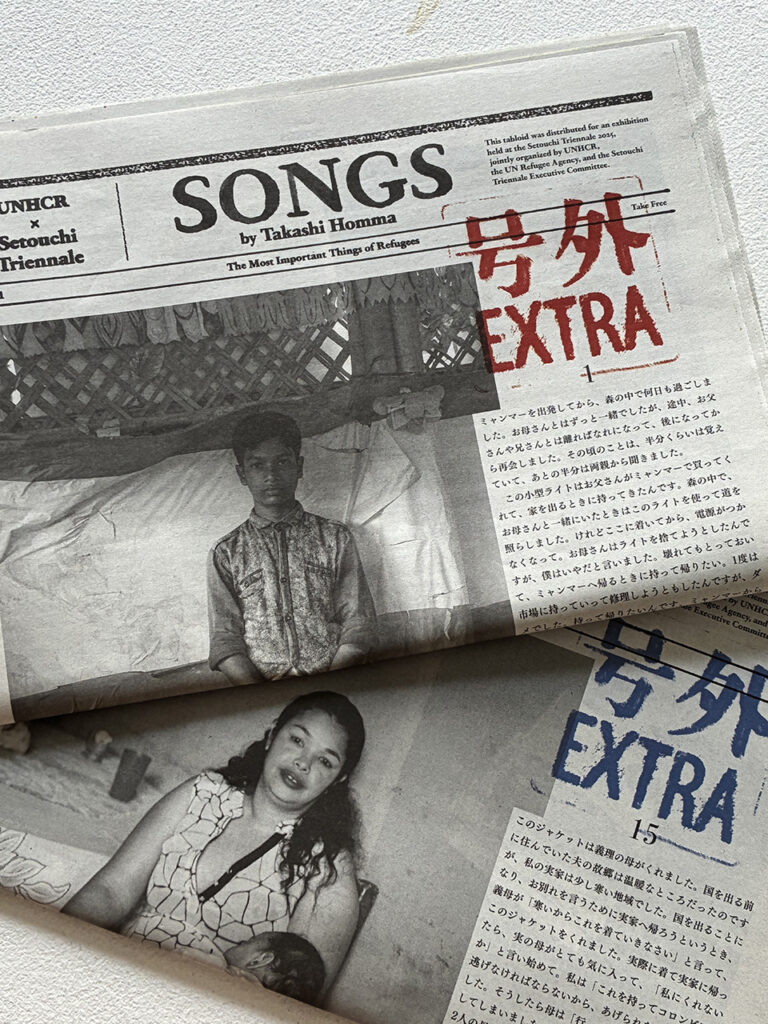
Discovery
“AWAI” Marina Berio, Aya Fujioka, Asa Hiramatsu
2025.12.09
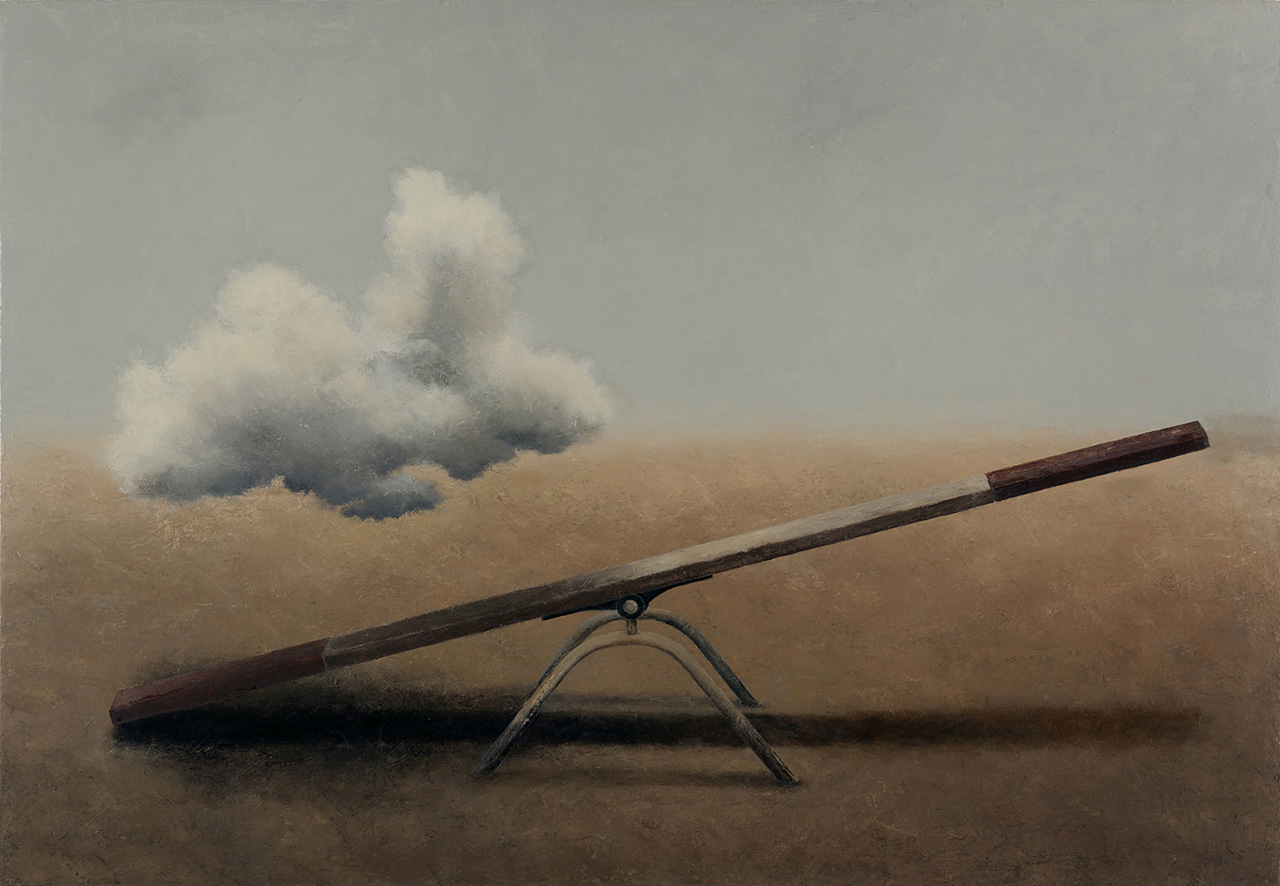
Discovery
Walking Scenery Reading Performance + Talk Event: Travelers’ Homelands
2025.12.04
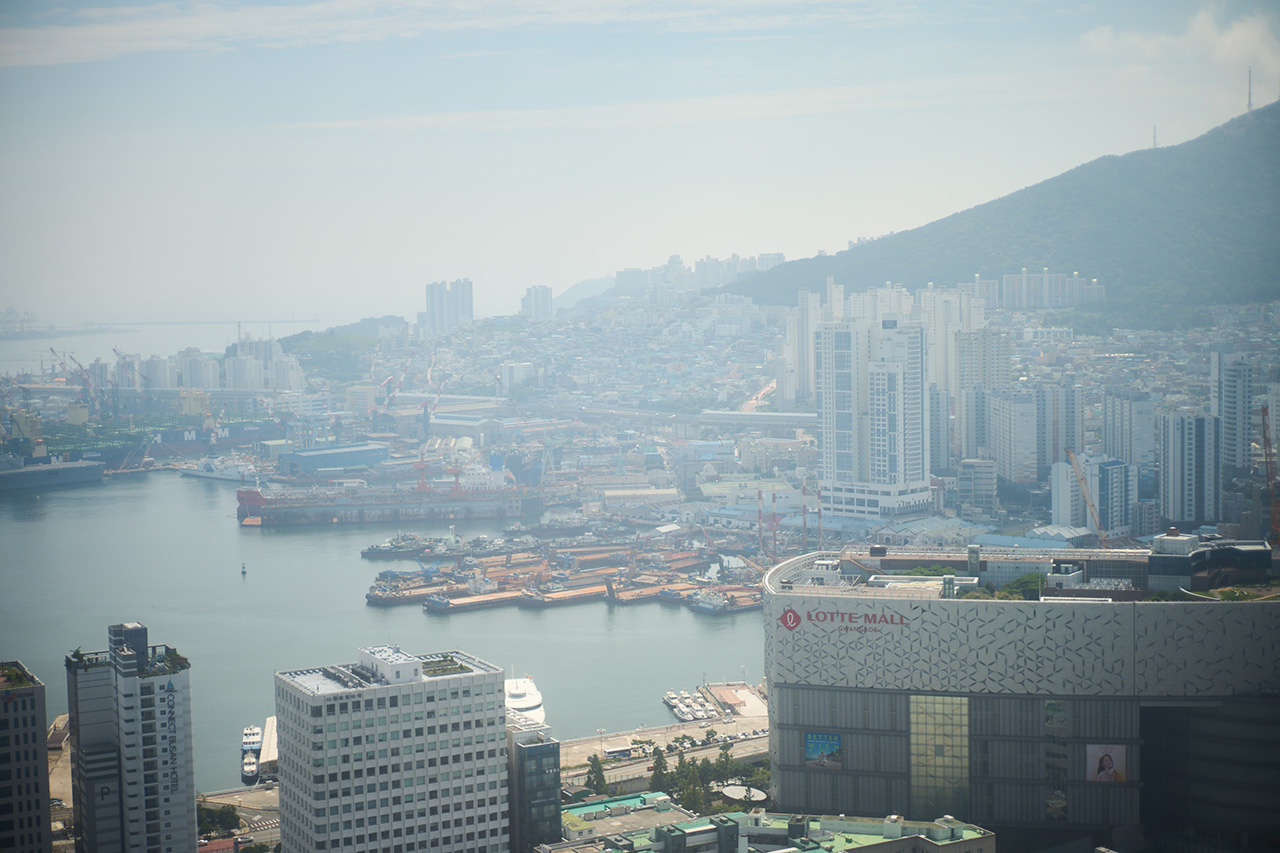
Discovery
The Search for Power
2025.11.06
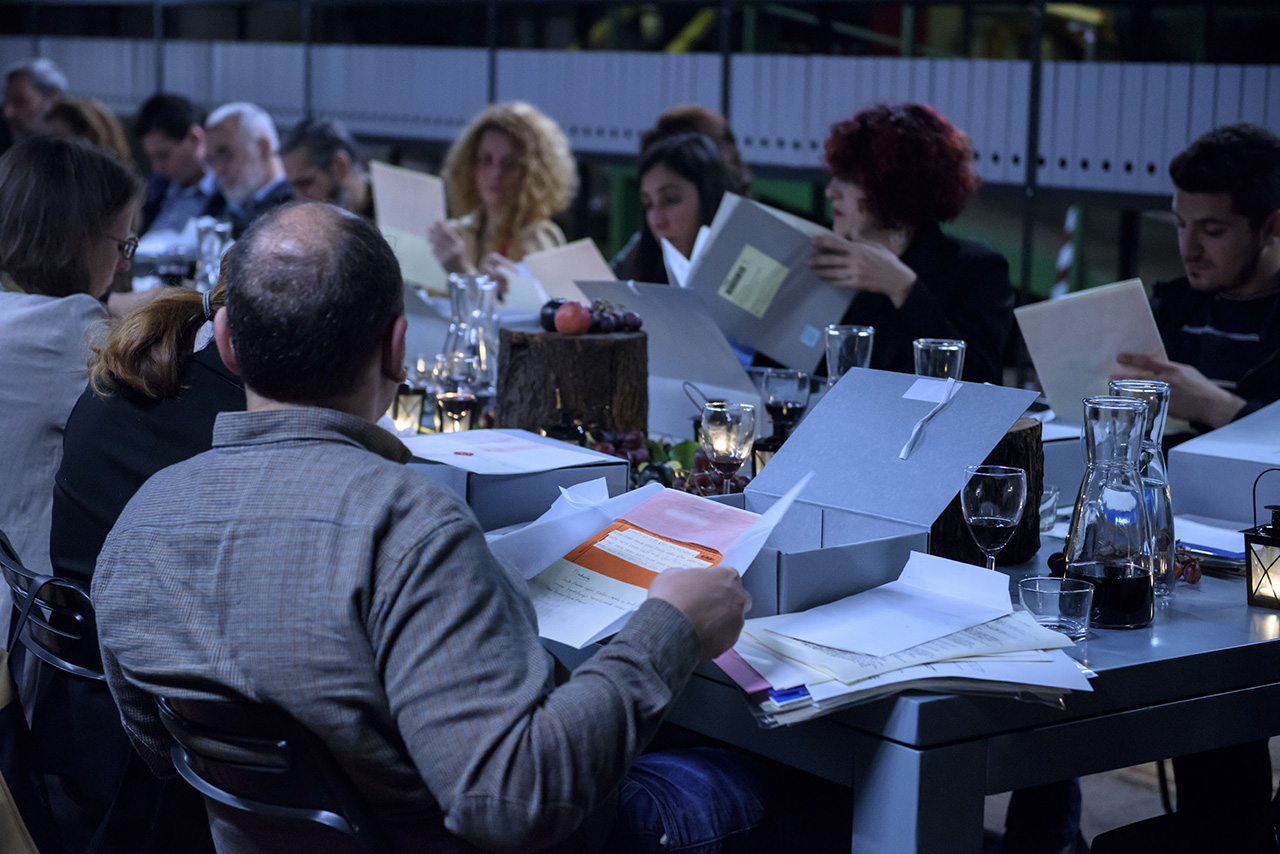
Discovery
Shyousyou
2025.10.29
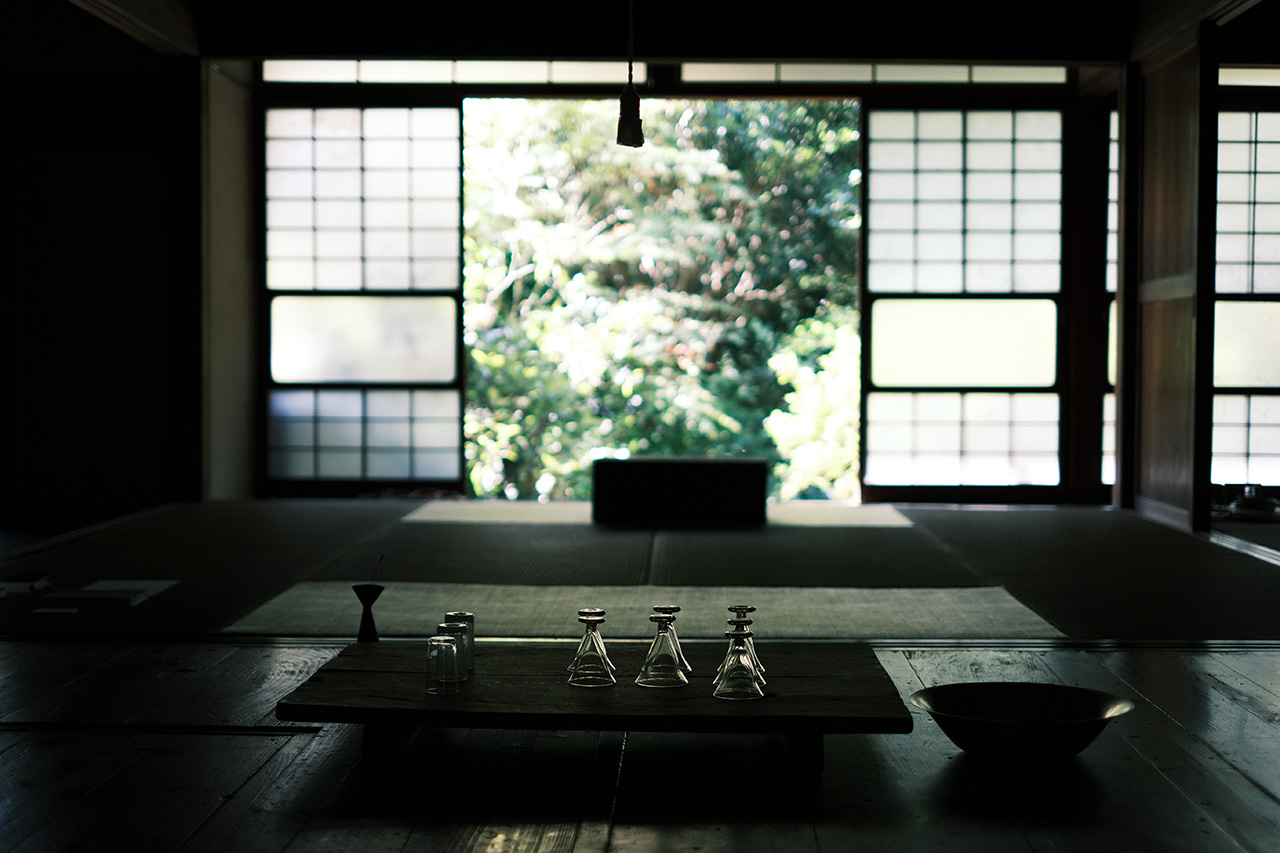
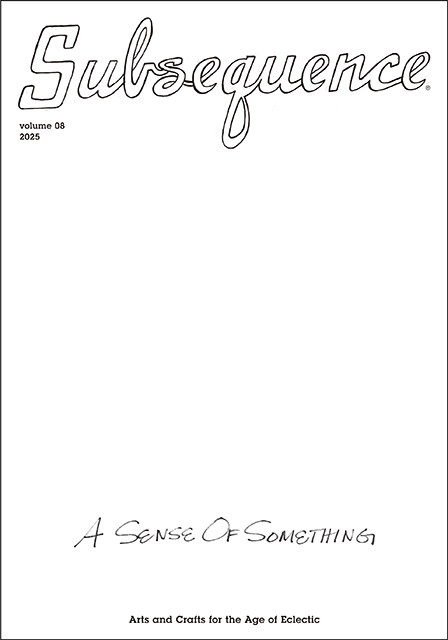
volume 08
2025-1st

Bilingual Japanese and English
260 × 372mm 148P
Release date: December 13, 2025